SpaceX boss Elon Musk confirmed that his Starship spacecraft will make its first trip to the Mars by the end of 2026. The mission for human to the Mars may begin by the year 2029 to establish a permanent colony.
The spacecraft’s design will be tested thoroughly to ensure safety for everything that we need. According to Musk people will start staying on the red planet in a self-sustaining city in about 20 years from now.
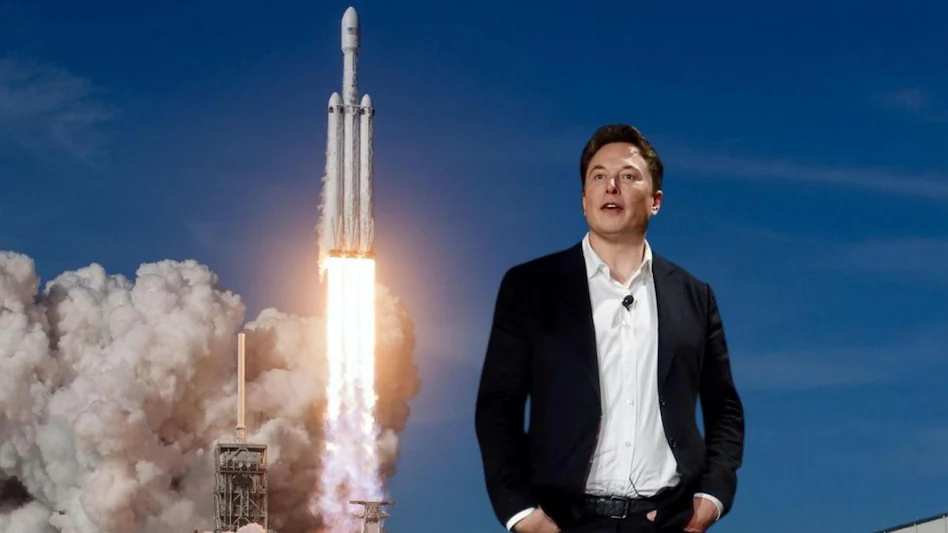
With Senator Ted Cruz and Ben Ferguson on the Verdict with Ted Cruz podcast Musk said, “The important thing is that we build a self-sustaining city on Mars as quickly as possible”.
He added, “I believed that it will only take another 15 years after that to make the planet sustainable for one million people to live there and I think it can be done in 20 years”.
Do you agree with Musk?
He added further, “The important thing is that we build a self-sustaining city on Mars as quickly as possible. The key threshold is when that city can continue to grow, continue to prosper, even when the supply ships from Earth stop coming at that point, even if something would happen on Earth, It might not be World War III, civilization could die with a bang, so we obviously need Mars to become self-sustaining and be able to grow by itself before the resupply ships from Earth stop coming, that is the critical civilizational threshold beyond which the probable lifespan of civilization is much greater”.
Musk has indicated that human missions to Mars may start as soon as 2029, but only if early test flights proceed well. he admitted the most likely time would be 2031. That is consistent with the company’s emphasis on making sure the spacecraft is safe and reliable before sending astronauts to Mars.
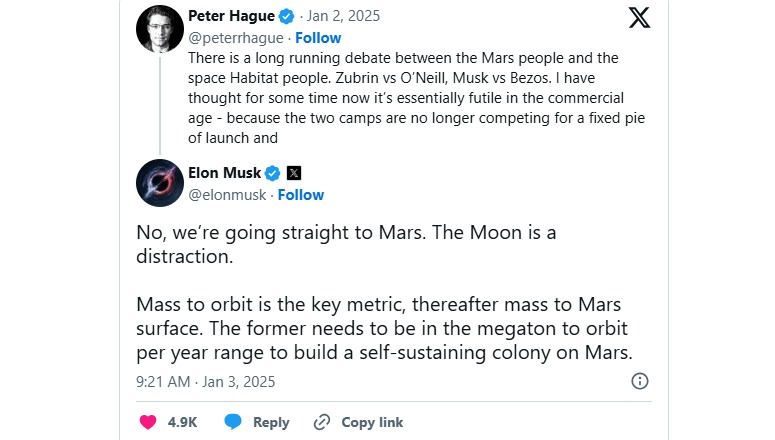
Starship is the biggest rocket ever built, measuring a whopping 123 metres high. The enormous spacecraft is at the heart of Musk’s vision for sending a permanent human colony to Mars. Its capacity to carry large quantities of people and goods to Mars is key point to the ultimate objective of colonizing the planet. Starship has not been without difficulties in its test history, with numerous failures and explosions.
Musk raised the bar on the future of Mars mission update saying that he wants to skip the Moon as it is a ‘distraction’.
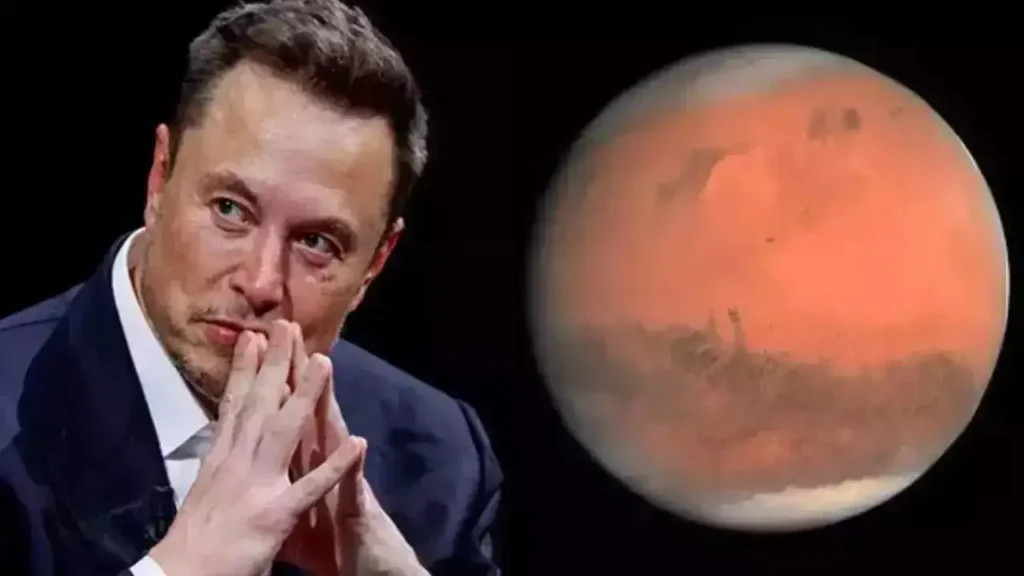
In a post on X, Musk emphasised the importance of carrying out higher number of rocket launches to increase payload send to low-Earth orbit and eventually to Mars. Musk was replying to astrophysicist Peter Hague who was dissecting the debate between ‘Mars people’ and ‘space habitat people’.
Replying to a post from the astrophysicist, the SpaceX CEO replied, “Mass to orbit is the key metric, thereafter mass to Mars surface. The former needs to be in the megaton to orbit per year range to build a self-sustaining colony on Mars.”
Hague suggested that Starship will require a lot of liquid oxygen as fuel to reach Mars. About 69 percent of all the mass SpaceX wants to send to orbit for Mars missions. On the other hand, the lunar regolith is about 40 percent oxygen by mass and thus manufacturing liquid oxygen from the soil would make space travel much cheaper and cost effective.
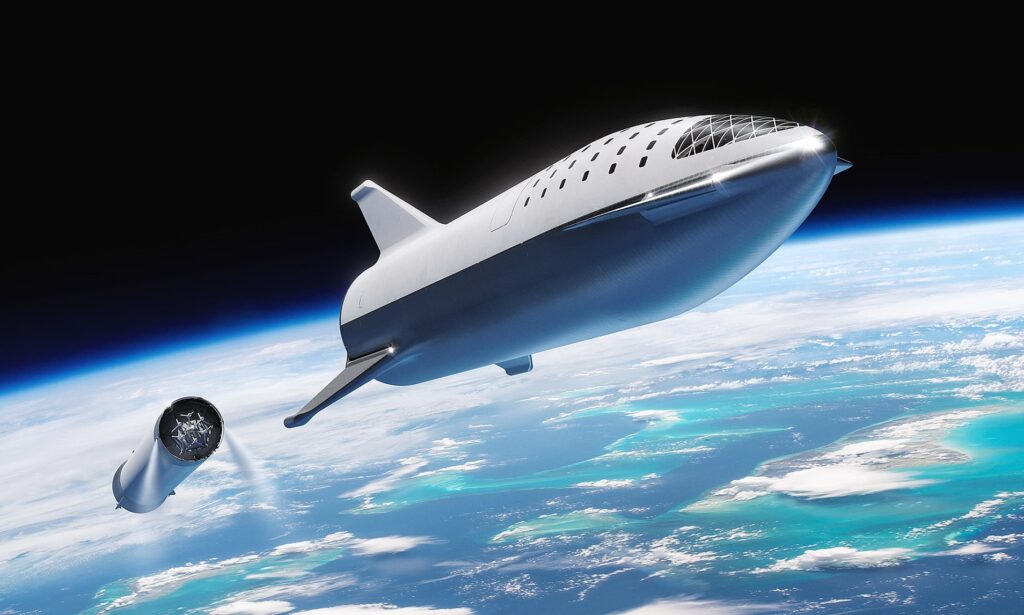
Musk added, “If those landings go well as plan, then the first crewed flights to Mars will be in just 4 years, flight rate will grow exponentially from there, with the goal of building a self-sustaining city in the Red Planet in about 20 years. Being Multiplanetary will vastly increases the probable lifespan of consciousness, as we will no longer have all our eggs, literally and metabolically, on one planet.”
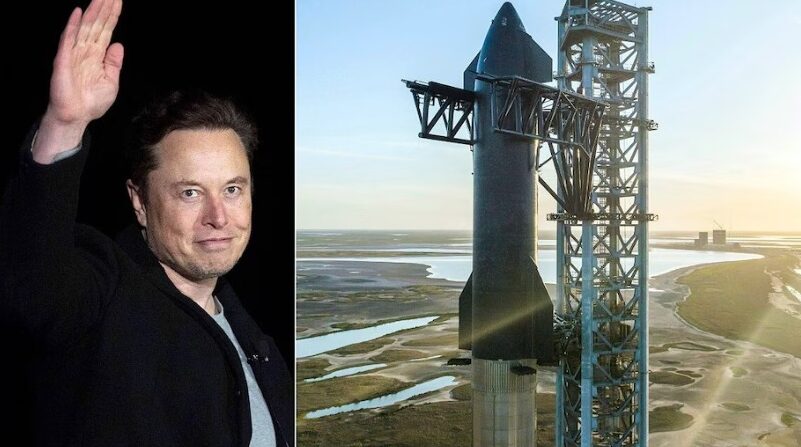
5 comments
Mhelenking
Who or what else is there Elon the man of hope
Widen bosbay
In 4 years is not possible, could takes decades but this is very hard and challenging job for humanity. Good luck Elon Musk
Akshya Gurung
Good luck Elon
Akshya Gurung
Good luck Elon for the program
Bimty
I think Elon is the most intelligent human being on this planet, i think,